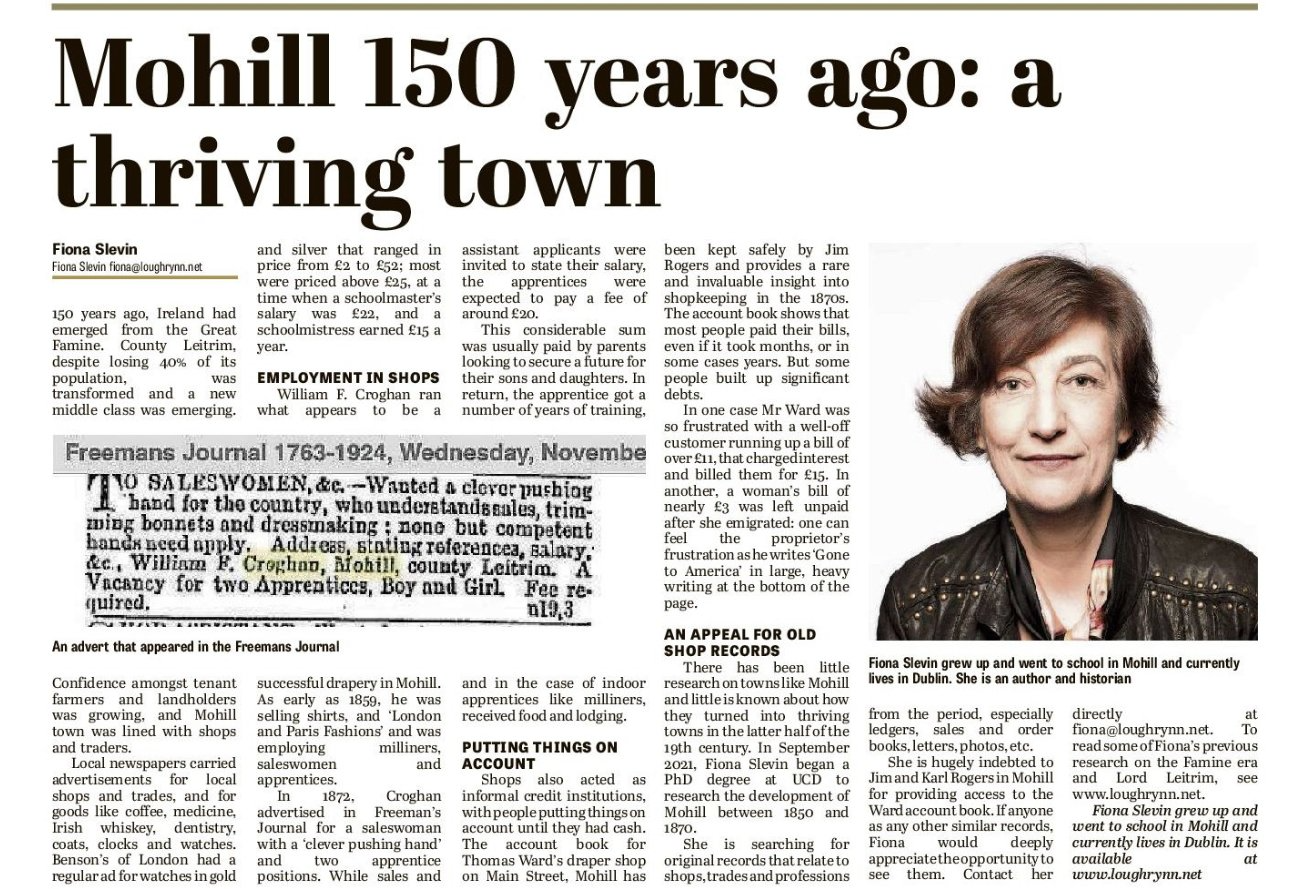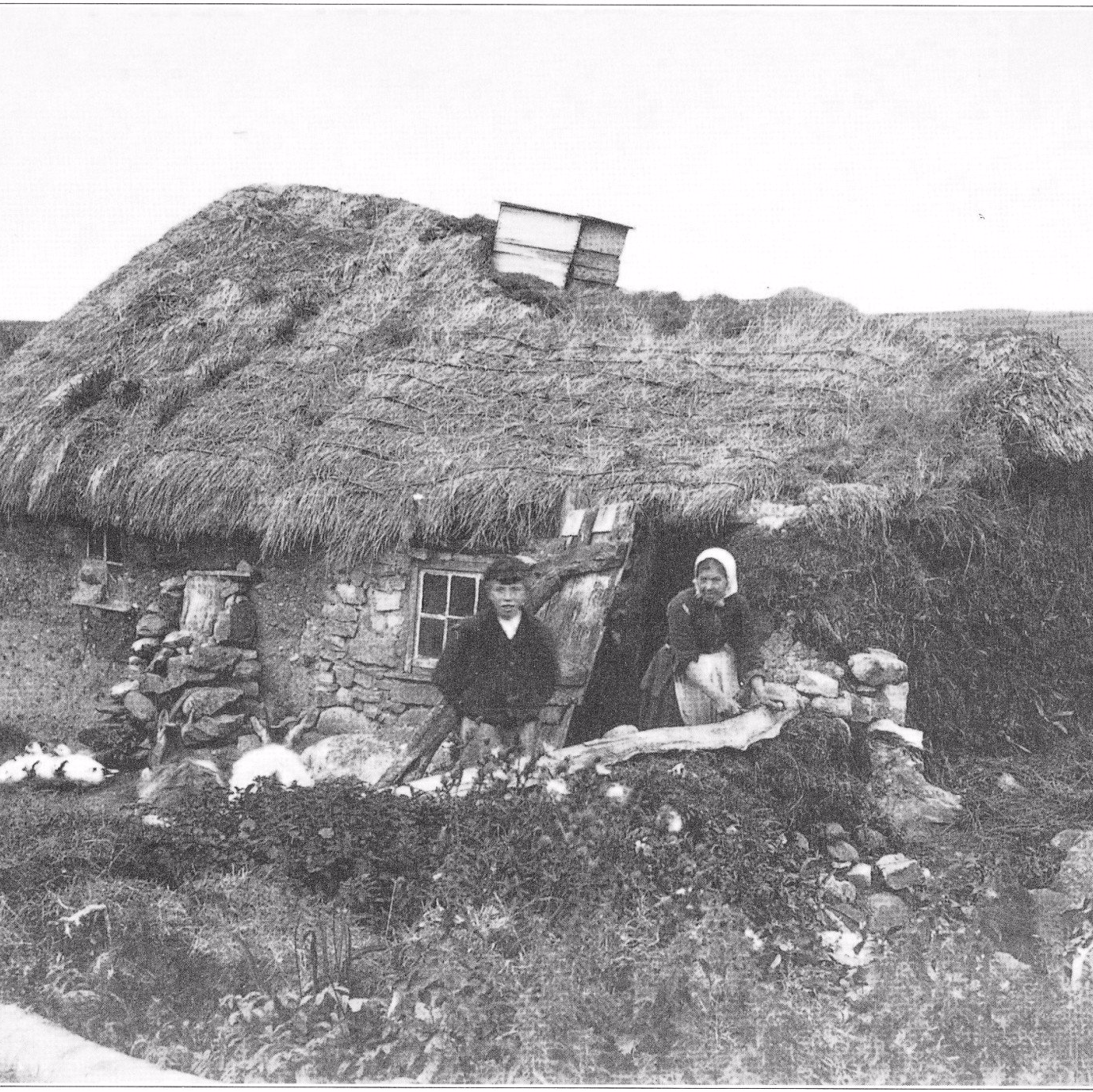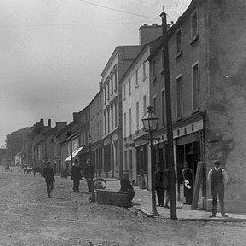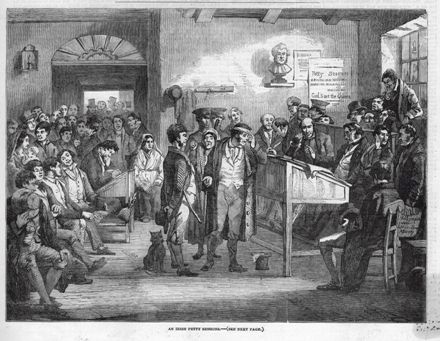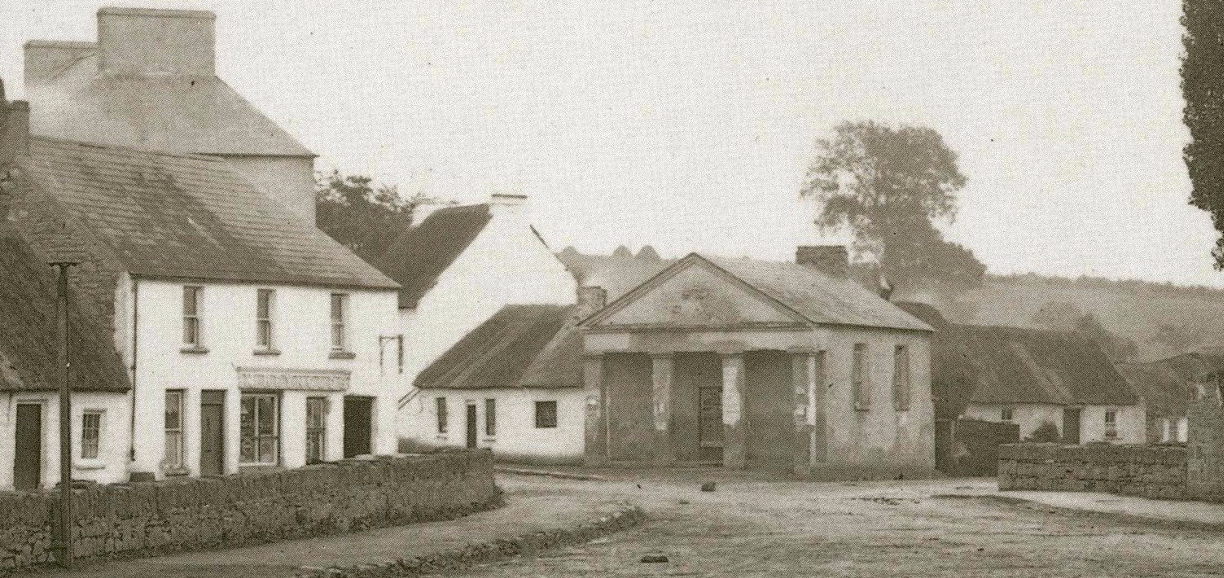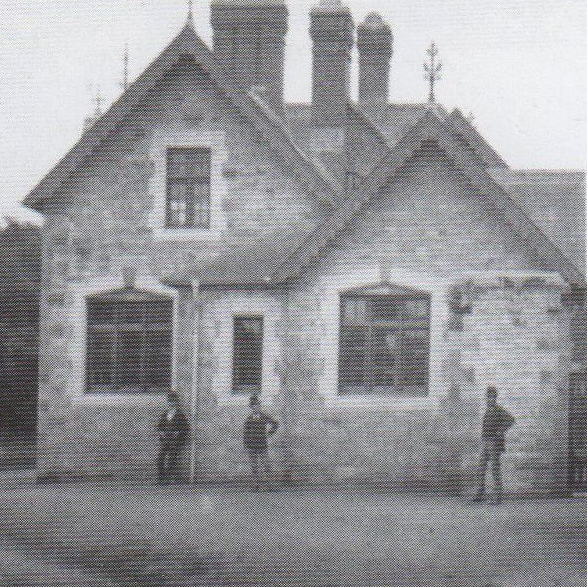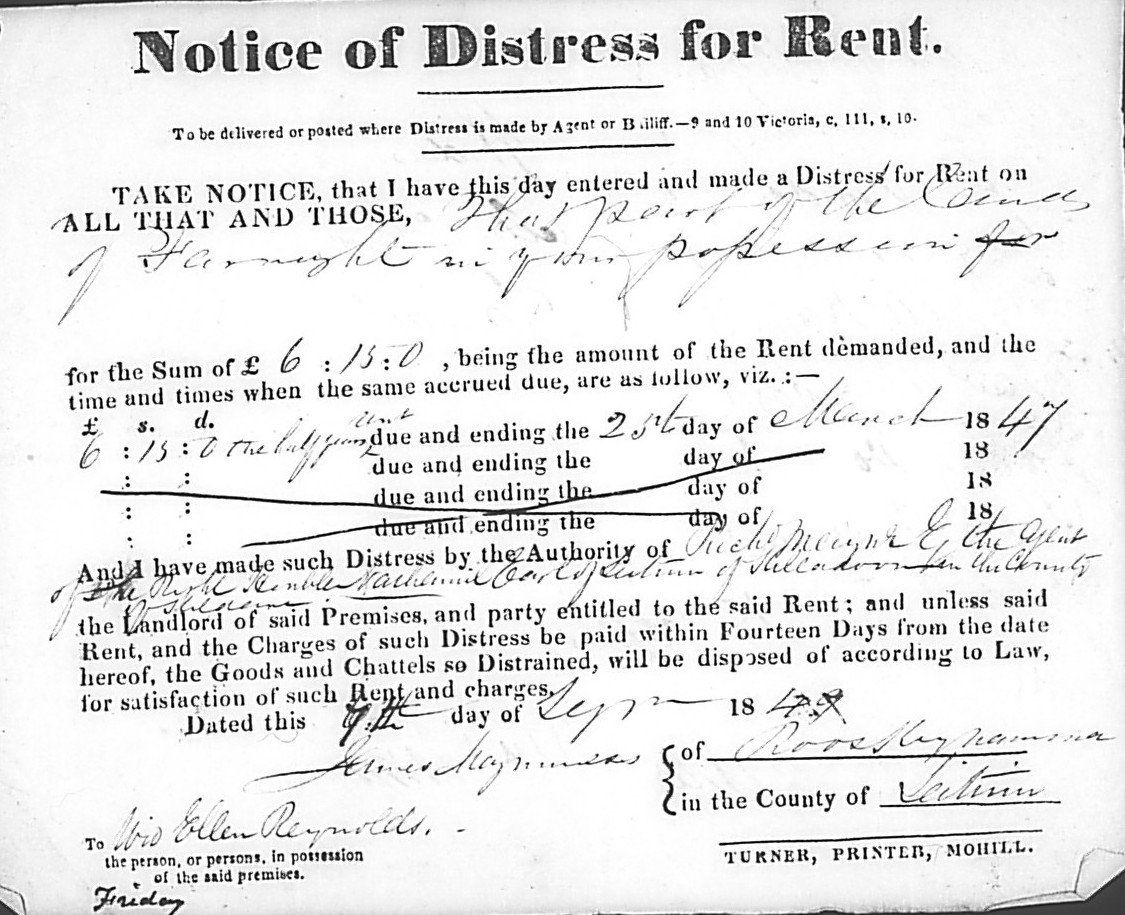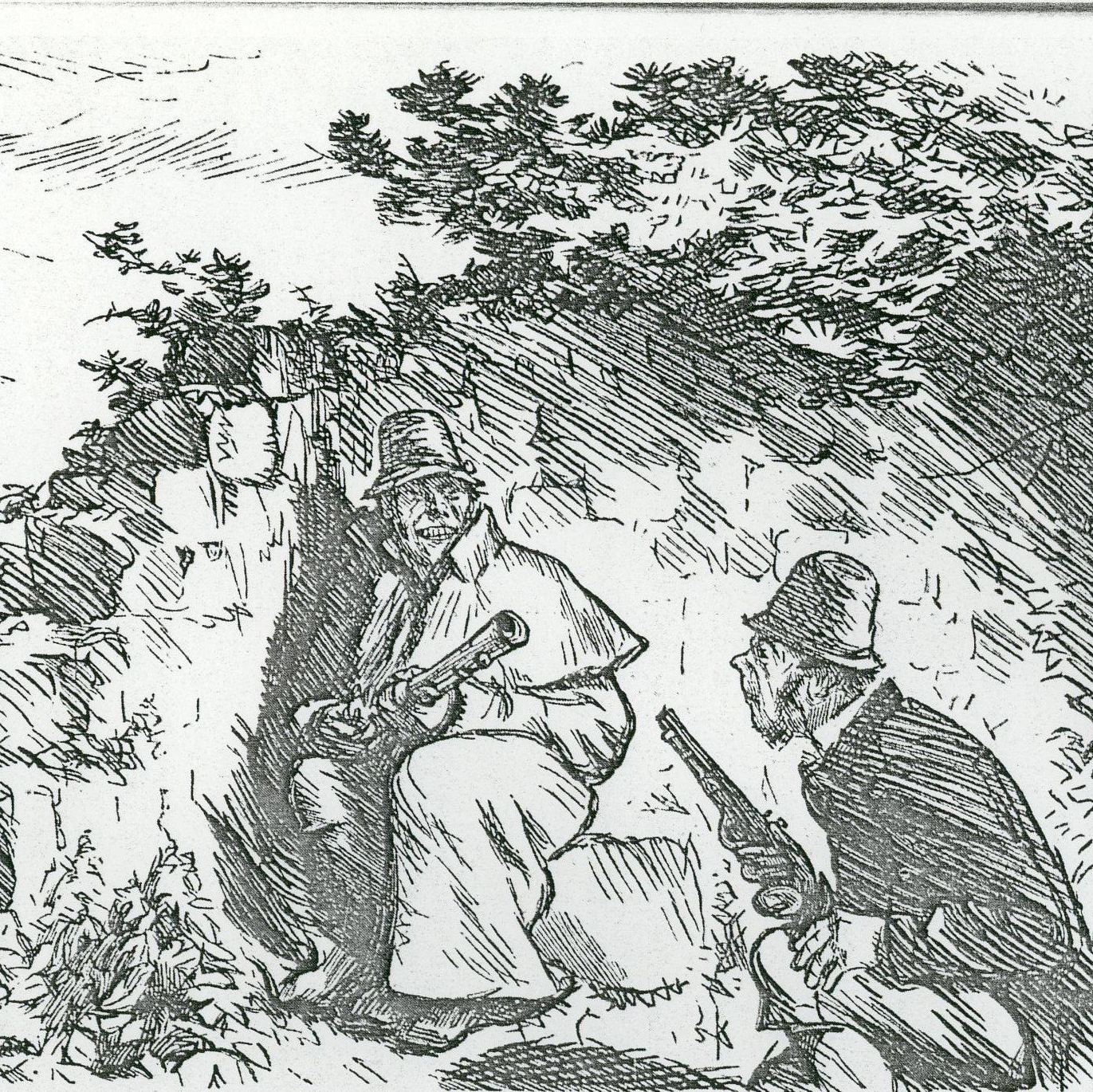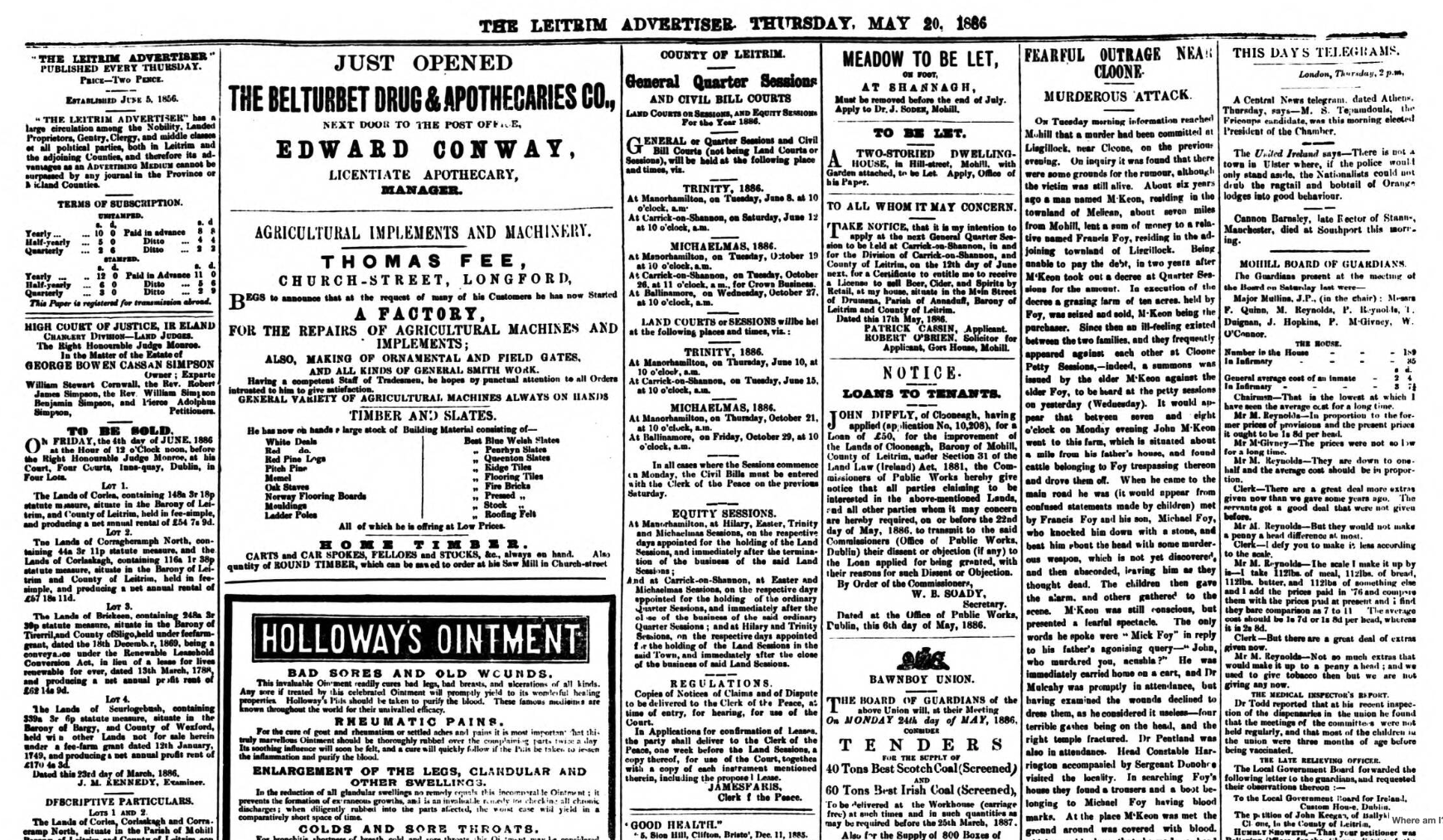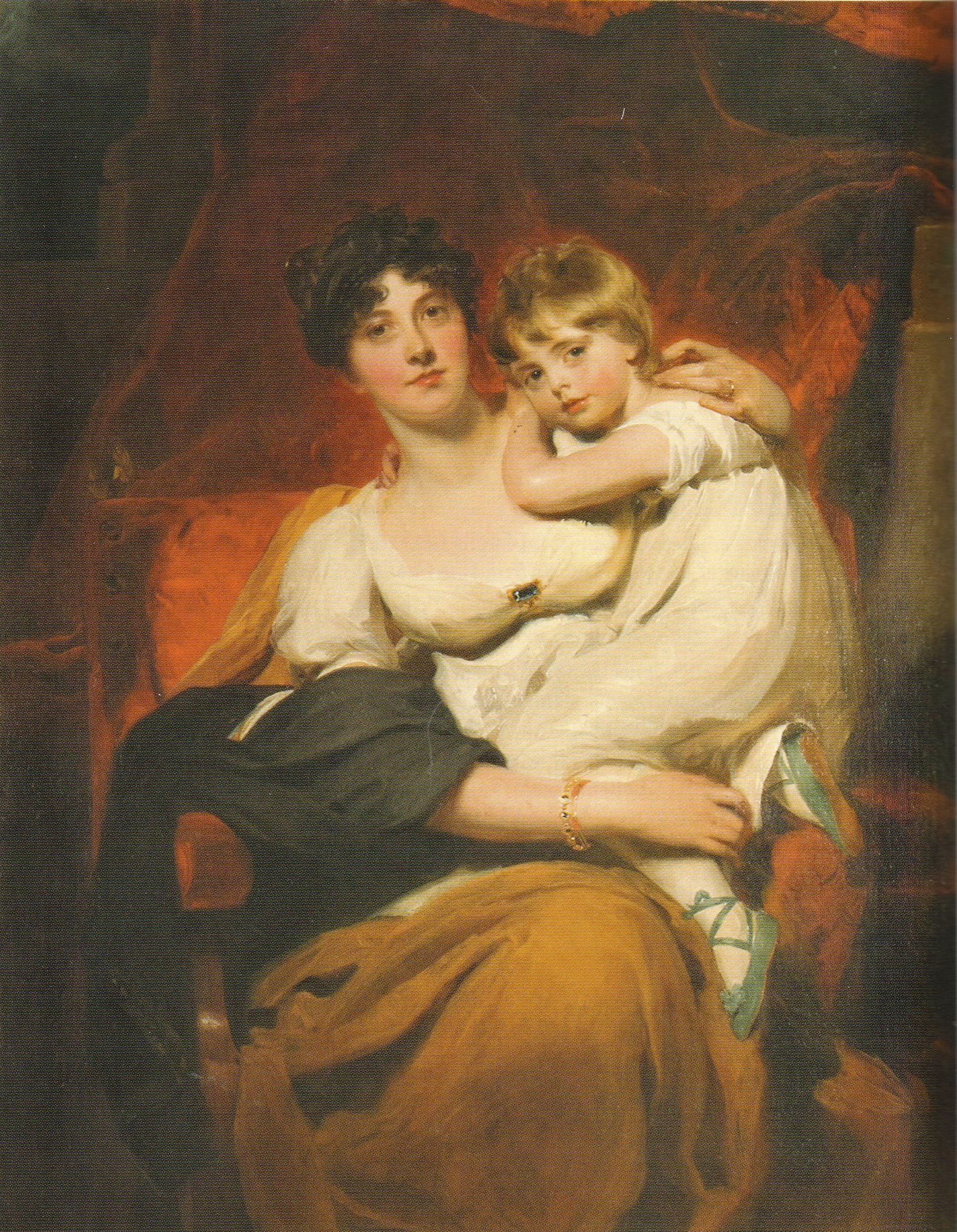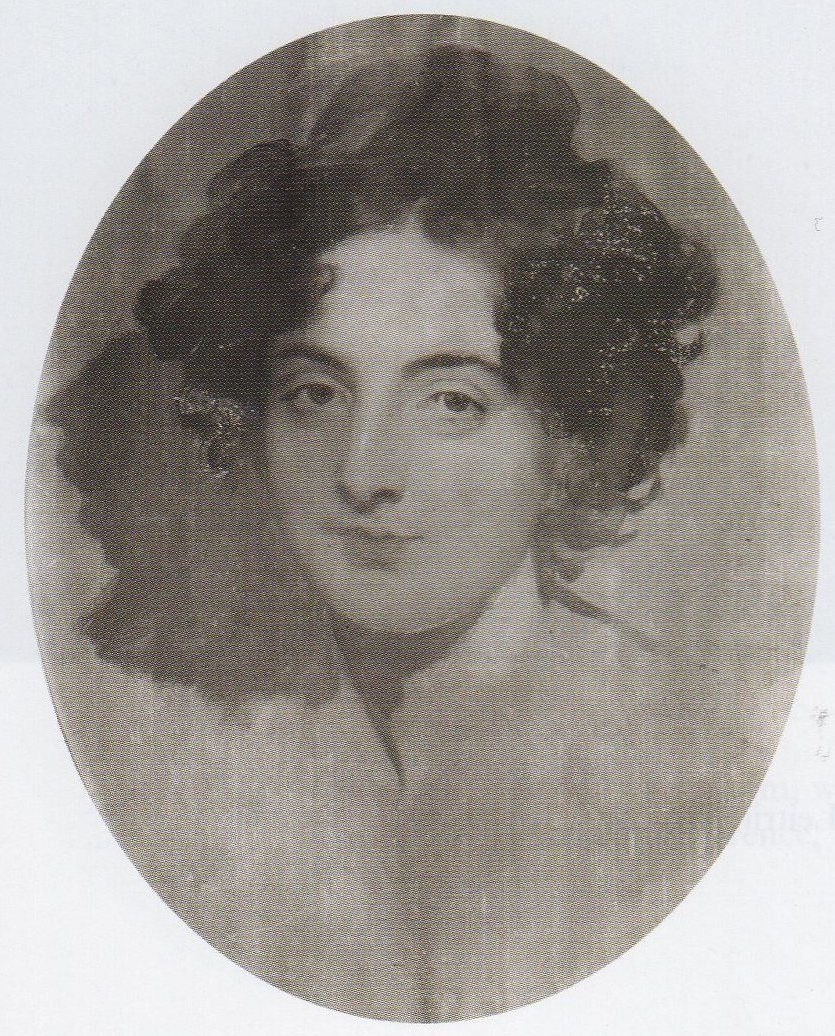Leitrim and Mohill post-Famine:
a society in Transition
A series of articles published in the Leitrim Observer in 2020 and 2022.
150 years ago, Ireland had emerged from the Great Famine and amongst the richest countries in the world. Mohill was thriving and confidence amongst tenant farmers and landholders was growing. The short series of articles looks at how Leitrim and Mohill emerged from the famine, what life was like in 1870, and what changed economically and socially to enable Mohill, Leitrim and Ireland to transition towards independence.
Hover, then click on one of the images below to read the related article.
